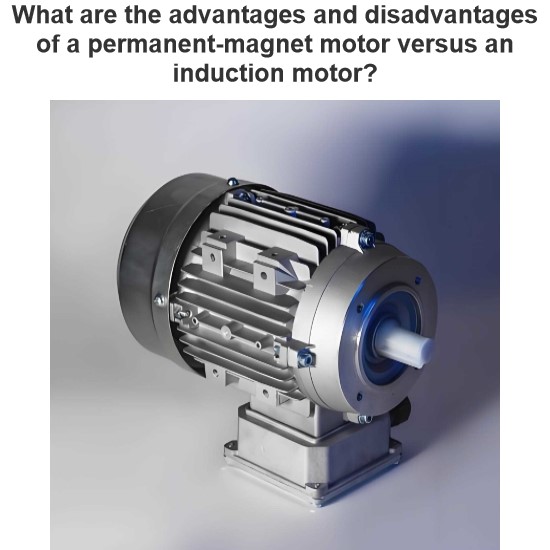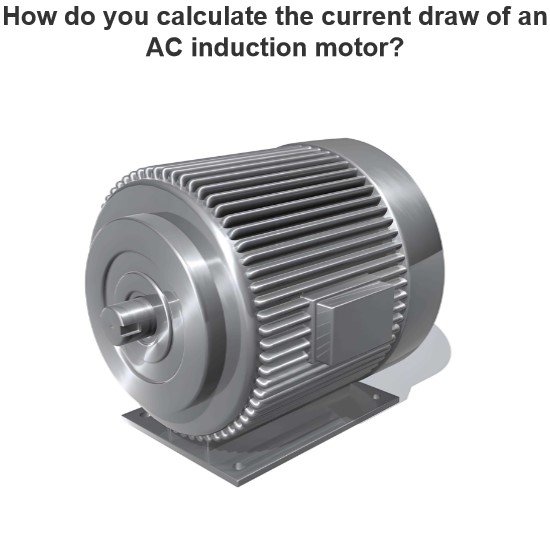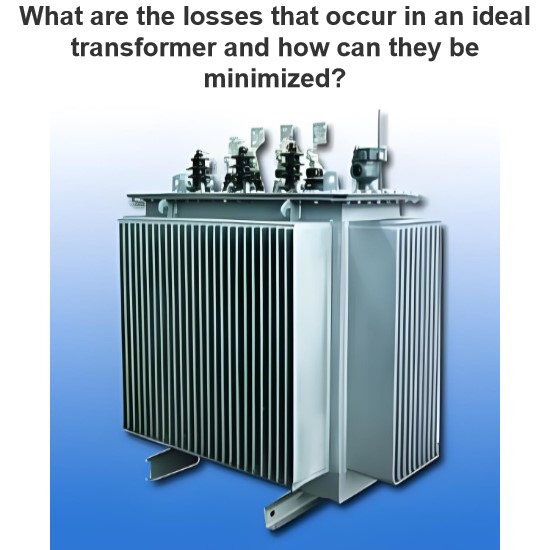Why does an induction motor draw more current at starting than at running?
An induction motor (Induction Motor) draws more current during start-up than during operation due to the electromagnetic characteristics inside the motor at the start-up stage. Here is a detailed explanation:
1. High Current Demand During Start-Up
1.1 Initial Flux Establishment
No Initial Rotor Field: At start-up, the rotor is stationary and has no initial rotating magnetic field. The rotating magnetic field produced by the stator needs to establish a magnetic flux in the rotor.
High Induced Current: To establish this initial flux, the stator must generate a strong magnetic field, which causes a large current to flow through the stator windings.
1.2 Low Power Factor
Lagging Current: At start-up, since the rotor is not yet rotating, there is a large phase difference between the rotor current and the stator current, resulting in a very low power factor.
Reactive Power Demand: A low power factor means that most of the current is reactive current, used to establish the magnetic field rather than doing useful work.
2. Lower Current Demand During Operation
2.1 Approaching Synchronous Speed
Rotor Field Establishment: As the motor begins to rotate and gradually approaches synchronous speed, the magnetic flux in the rotor is also established.
Reduced Slip: Slip is the difference between the rotor speed and the synchronous speed. As slip decreases, the rotor current also decreases.
2.2 Higher Power Factor
Reduced Phase Difference: As the motor speed increases, the phase difference between the rotor current and the stator current decreases, improving the power factor.
Increased Active Power: A higher power factor means that more of the current is used for doing useful work, reducing the demand for reactive current.
3. Comparison of Start-Up Current and Operating Current
Start-Up Current: Typically, the start-up current of an induction motor can be 6 to 8 times the rated operating current, or even higher.
Operating Current: During normal operation, the motor's current stabilizes near the rated value, significantly lower than the start-up current.
4. Start-Up Strategies
To reduce the high current draw during start-up and minimize the impact on the power grid and the motor itself, several start-up strategies are commonly used:
Direct-On-Line Starting (DOL):
Directly connecting the motor to the power supply, suitable for small motors.
Star-Delta Starting:
Connecting the motor in a star configuration during start-up to reduce the start-up current, then switching to a delta configuration once a certain speed is reached for normal operation.
Soft Starter:
Using silicon-controlled rectifiers (SCRs) or other electronic devices to gradually increase the motor voltage, providing a smooth start-up process and reducing the start-up current.
Variable Frequency Drive (VFD):
Adjusting the frequency and voltage of the motor to achieve smooth start-up and speed control.
Summary
An induction motor draws more current during start-up because it needs to establish an initial magnetic flux in the rotor, and the power factor is very low at this stage. As the motor speed increases, the rotor magnetic field is established, slip decreases, and the power factor improves, causing the current to decrease to normal operating levels. By using appropriate start-up strategies, the high start-up current can be effectively reduced, minimizing the impact on the power grid and the motor.
The Electricity Encyclopedia is dedicated to accelerating the dissemination and application of electricity knowledge and adding impetus to the development and innovation of the electricity industry.



